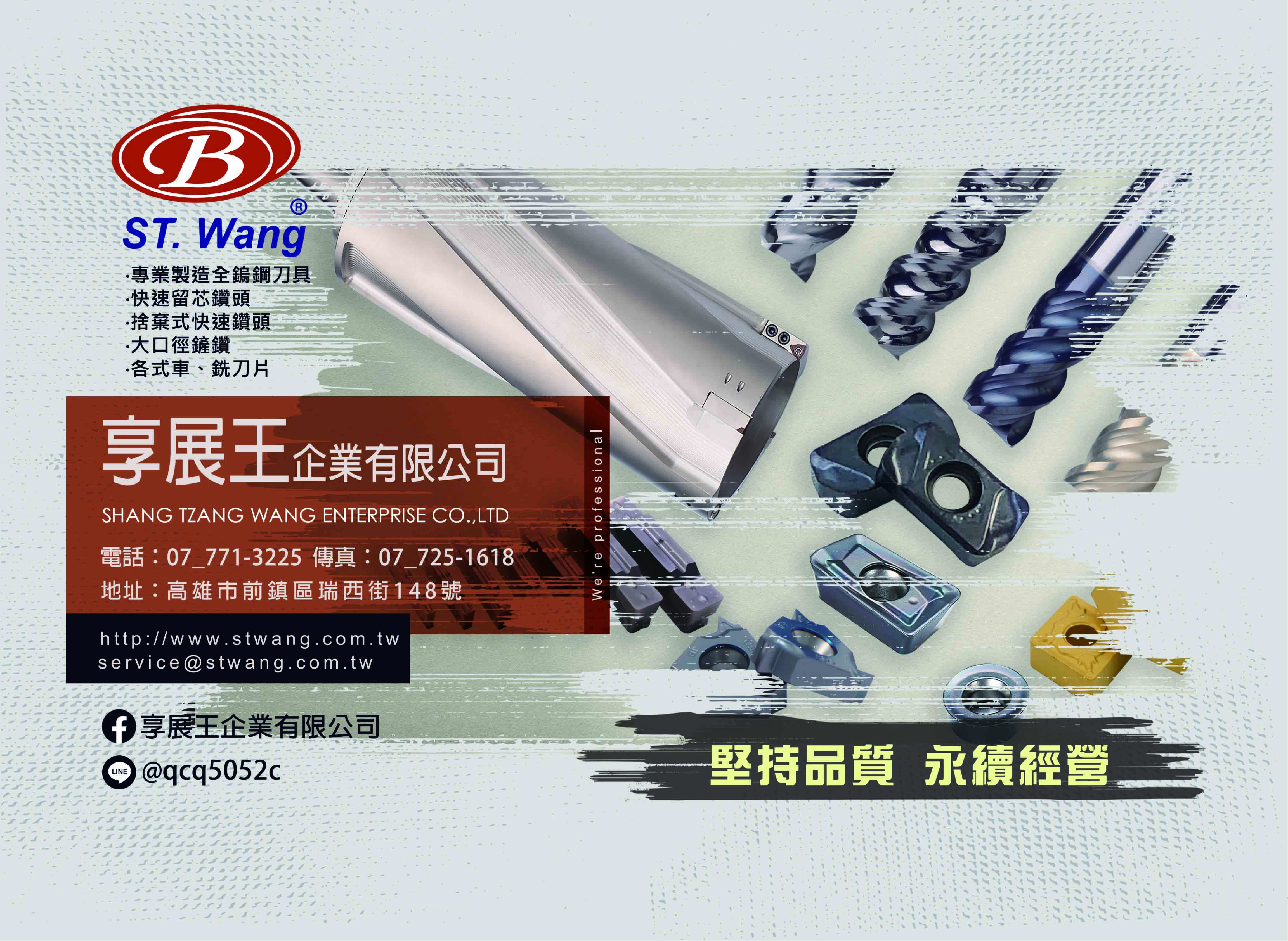Machining has always been about precision and speed. In the highly competitive manufacturing industry efficiency has become an essential requirement. Whether you’re manufacturing automotive components as well as aerospace components or high-tech electronic components, the tools you choose will directly impact your final results. The indexable drill high-speed drill, tungsten carbide inserts and threading tool are all making the difference.

Image credit: stwang-tw.com
These aren’t just upgrades of outdated tools. They represent a smarter way to reduce the amount of downtime, cutting costs overall and delivering superior results with less effort. Look over each of them and see how they allow manufacturers to drill into deeper holes, efficiently cut and complete faster.
Indexable Drills: More Holes, Less Hassle
Drilling big holes used to be expensive and lengthy. The solid drills had to be sharpened, wore quickly and could slow down the production line. This is why more machinists are switching to the indexable drill. You can replace inserts rather than the entire drill when it starts to wear out.
What makes indexable drills distinctive is their efficacy. They are designed to last, come with robust designs, and require little maintenance. You can reduce the amount of waste you produce, keep your tool inventory down, and increase the lifespan of your equipment by using interchangeable inserts. SHANG TZANG WANG ENTERPRISE, CO., LTD offers disposable core-stays that offer consistent performance for large-diameter application. For shops that perform repetitive hole machining the upgrade could cut down on the time needed to repair each week.
High-Speed Drills for Modern Demands
High speed drills can be employed in a production environment where time is of the essence. They are engineered to work fast and accurately without compromising on speed. These drills are perfect for materials with high resistance and rapid cycles. These drills are used for everything from high-volume automobile parts to precise medical parts.
Modern high-speed drills feature modern coatings and optimised flute designs that decrease friction and heat buildup and increase the lifespan of the tool. This means fewer breaks and less tool replacements and more parts. For any machinist who’s felt the frustration of a broken drill mid-cycle, switching to a high speed drill can feel like a revelation.
Tungsten Carbide End Mills: Reliable Performance Cut After Cut
If it’s time to cut endmills with tungsten carbide, they’ll be the mainstay of your shop. They are renowned for their heat resistance and hardness. They can also mill through tough materials without losing edge sharpness. These tools are reliable to complete any job such as roughing large sections to finishing corners.
What really is what makes tungsten carbide-based end mills special is their versatility. With various flute counts, helix angles and coatings, they can be adapted to a broad range of jobs from titanium to aluminum. Carbide end mills are the ideal option for machinists searching for durability and precision. They provide an ideal balance between tough material removal as well as a flawless surface finish.
Threading Inserts: Tiny Tools, Big Impact
Creating threads might seem like a small part of the process, but it’s actually one of the most critical. A thread that’s not properly made can ruin an item that is otherwise perfectly. A top-quality insert is crucial. Small, replaceable tools are designed to cut threads from the exterior or the inside of the nut, with precision and repeatability.
The threading inserts for threading are more stable than taps and dies. They give similar results after a number of cycles. The tool can be indexed towards the next cutting point when one side is dull. There’s no need to take it off or re-grind. It’s quick, economical and clear. Machinists love threading inserts due to their speed, but also for their reliability. With the right insert you can be sure that your threads will fit right the first time, no subsequent passes, no rework, and no worries about the possibility of part rejection.
The Bottom Line
In today’s machining, you cannot afford to waste time. The most efficient shops of today have moved to more sophisticated, more flexible tooling solutions. The cutting tools aren’t only more precise, but they also streamline workflows and make it easier to change the workflow, in addition to extending the useful life of the equipment. The result? The result? Less time spent on troubleshooting and more time is spent on producing precision parts. In an industry that has higher demand and lower margins companies can compete with tools that perform better.